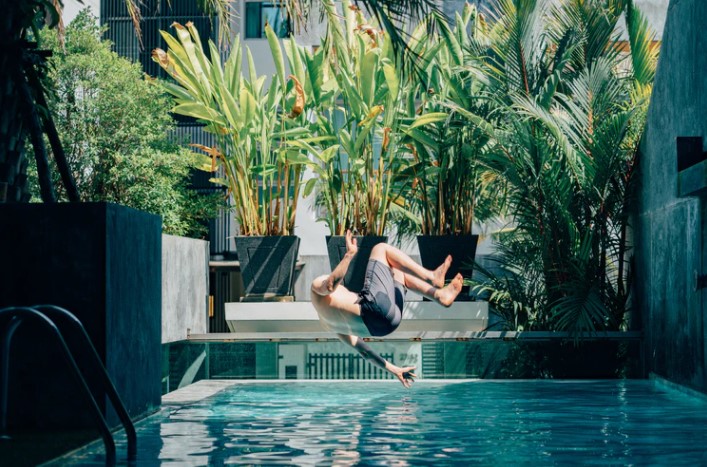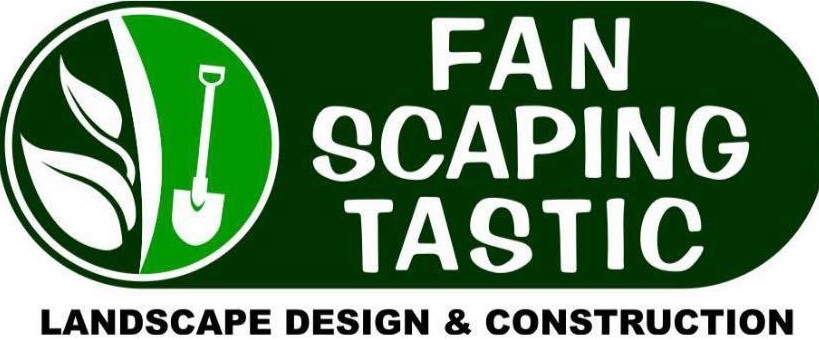
Plunge Pools: Take the Plunge and Get One
A plunge pool is a smaller and shallower alternative to regular-sized swimming pools. Its primary use is lounging and relaxation as opposed to the athletic utility of a swimming pool.
We all have felt the burn of Australian summer and know the relief of taking a dip every now and then. Pools have become a necessary property for many homeowners.
However, not all of us have the luxury of installing a full-sized pool in our itty-bitty backyards. And that’s where plunge pools come in. It’s like a bite-sized pool you can lounge in or get in a good workout. Or, you can even create your backyard spa station!
Want to know more about the fantastic benefits of these compact-sized pools? Well, read on because this article is just for you!
Plunge Pools: Why Should I Get One?
Plunge pools provide unrivaled relaxation but take up less space, use up less water, and cost less than regular swimming pools. It’s the preferable outdoor pool for homeowners with limited space.
There are many benefits to adding one of these pools to your plot of land. Let’s check them out below.
Luxury in Smaller Space
These pools make the luxury of a backyard pool open to a lot more people.
They come in all shapes and sizes but are 8 feet by 8 feet usually. Larger, top-end models can go up to 8 feet by 16 feet.
But, there are no rules for this. You can model it to your desire! The idea here is that they are an accessible ensemble for your backyard.
This sizing may not be suitable for athletic swimmers. Yet, it’s the perfect fit for the average Australian family.
Adults can seek reprieve from the harsh sun. And for kids, this is especially beneficial as the smaller size creates a safer environment to get used to the water.
Lesser Costs & Maintenance
Of course, the smaller size gives you monetary and time-saving advantages, too.
These pools are one of the cheapest ways you can get poolside near your home. If you’re not satisfied with frequent visits to overcrowded beaches and you’re not willing to spend a fortune on a full-sized pool, plunge pools are a nice in-between.
You have to spend a lot less to care for it as well. The smaller water volume will cut down on monthly water bills, which is also a better choice for the environment. For cleaning, you won’t need to buy as many chemicals.
Plus, why should you have to break your back to clean the very thing that gives you respite from stress? With this, you can sit back and enjoy the ripples.
You also have the option to get self-cleaning models if you’re willing to dish out a little extra.
Plunge pools, like their big brother, can add value to your property. So, by getting one, you would not only be enriching your lifestyle but also your assets.
Relaxation in Your Backyard
Why do we love this option so much over traditional pool sizes?
That’s because this is a stellar lounging unit!
Plunge pools are popular because of their use that is similar to jacuzzis. They often come with sitting options or have designs with sitting lounges nearby. It’s a place to relax, just for you!
Coming home from a long day at work, you can take a moment to yourself by the poolside. With a few choice accessories, you can even set up a personal spa. You can invite friends and family to poolside cookouts or intimate gatherings.
So, go ahead. Why not treat yourself?
Are Plunge Pools Expensive?
Plunge pools are expensive, costing anywhere from around $13,000 for smaller sizes to $50,000 for bigger, high-end models. This is because though the dimensions are significantly smaller than swimming pools, they require the same methods and technology.
However, it’s a far cry from the starting costs of $35,000 for in-ground swimming pools.
Factors to Consider Before Buying
The $13,000 – $50,000 price range is for in-ground, ceramic pools, and fiberglass pools. These are the two models prevalent in Australia.
Fiberglass ones tend to be cheaper but come in set shapes and sizes.
In-ground or partially above-ground ceramic ones give you much more in terms of aesthetics and customisability.
Another cheaper variation made of vinyl is also available in the market. Though, we would have to advise against it.
Firstly, vinyl pools require regular fixing and replacing since they are less durable. So, while you may be saving money initially, the costs will add up later on.
It can be dangerous, too. Some people try to self-install such pools and create unsafe swimming conditions due to not abiding by proper installation regulations.
Speaking of regulations, if you’re considering getting a plunge pool, you should know by law in Australia you need to erect fencing around your pool. This is per the Australian Standard 1926.
While expensive, they can also add value to your plot. So, keeping in mind that and our highlighted benefits would be a worthwhile investment for a lifetime of joy!
How Long Does Installation Take?
The time it takes to install a plunge pool depends on the model you are looking at.
With fiberglass models, you only need a weekend for installing. It’s about 2-3 days at most.
Ceramic models take much longer, around 1-2 weeks, depending on the shape, size, and material.
Keep in mind that, according to Australian laws, you will also have to fence around the pool perimeter.
Conclusion
A plunge pool is an incredible asset to have as a homeowner.
Especially in Australia’s heat, we are often looking for ways to regulate our body temperatures. With this, you can wash away the worries and stress of the day.
If you want to know more about pool design, check our nine tips for success here.
Are you confused about whether you should hire a landscaping company or do it yourself? Click here to decide which option is the best for you.
Do you want to know if your landscaping company provides services such as pool design and installation? Read our blog on landscaping services to find out.


Recent Comments